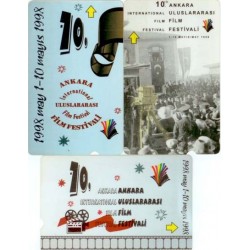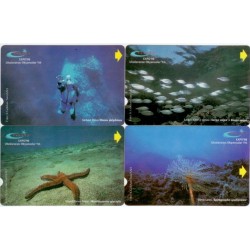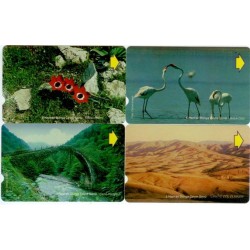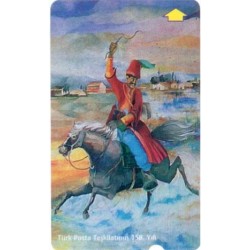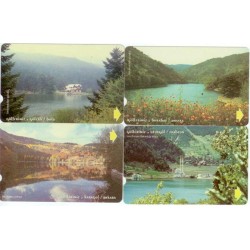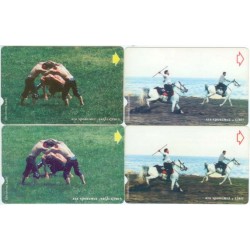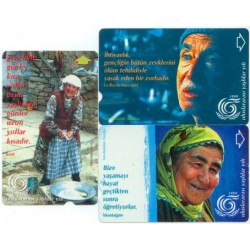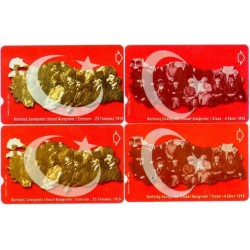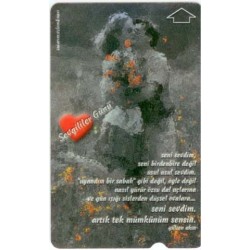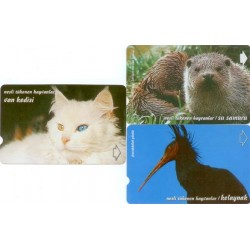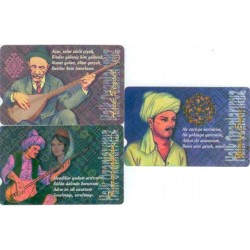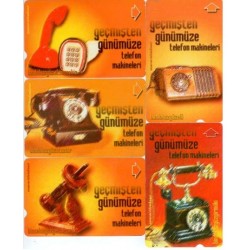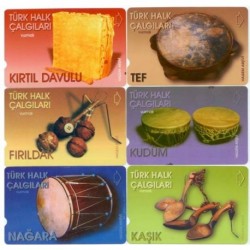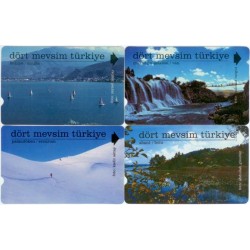No products
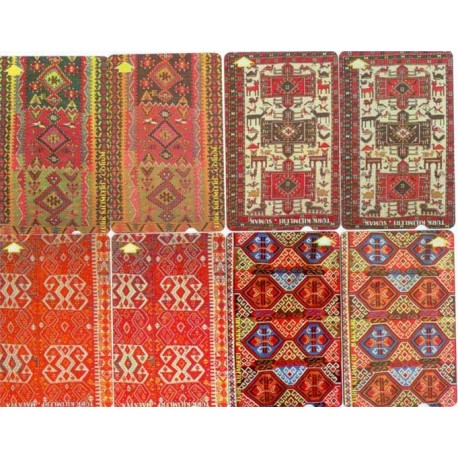 View larger
View larger
TURKISH KILIMS PHONE CARD
PHONE0226072
New product
YEAR=SEPTEMBER 1999, QUANTITY: 2.000.000<
VALUES=30&60 UNITS, PRINTING= PRESTIGE.
EMPTY AND CLEAN PHONECARDS.
More info
It's known that kilim, which is woven in hand loom with colourful yarns as a flat weaving was introduced in Turkish art via Seljuks from Asian Türkistan and it was improved as a handcraft by nomadic Turkmens and Yoruks.
The blue, white and dark blue kilim with medallion flowers in Konya Mevlana Museum (15th century), the kilims with carnation patterns in Divriği Ulu Mosque and Kütahya Hisarbeyoğlu Mosque (16th and 17th centuries) are the samples of the oldest kilims. The kilims dating back to the older periods had disappeared. All of the kilims in Turkish museums and special collections belong to the period after the 17th century.
Up to the end of the 19th century (1880) the yarns of all the kilims woven in Anatolia were coloured by vegetable dye. After 1880 the use of vegetable dye in kilims decreased because aniline was introduced into Turkey.
Vegelable and geometrical patterns, stamps from several tribes, religious pattems, stylised animals figures and symbolic patterns were used in kilims. The patterns on the kilims have different names depending on the regions.




